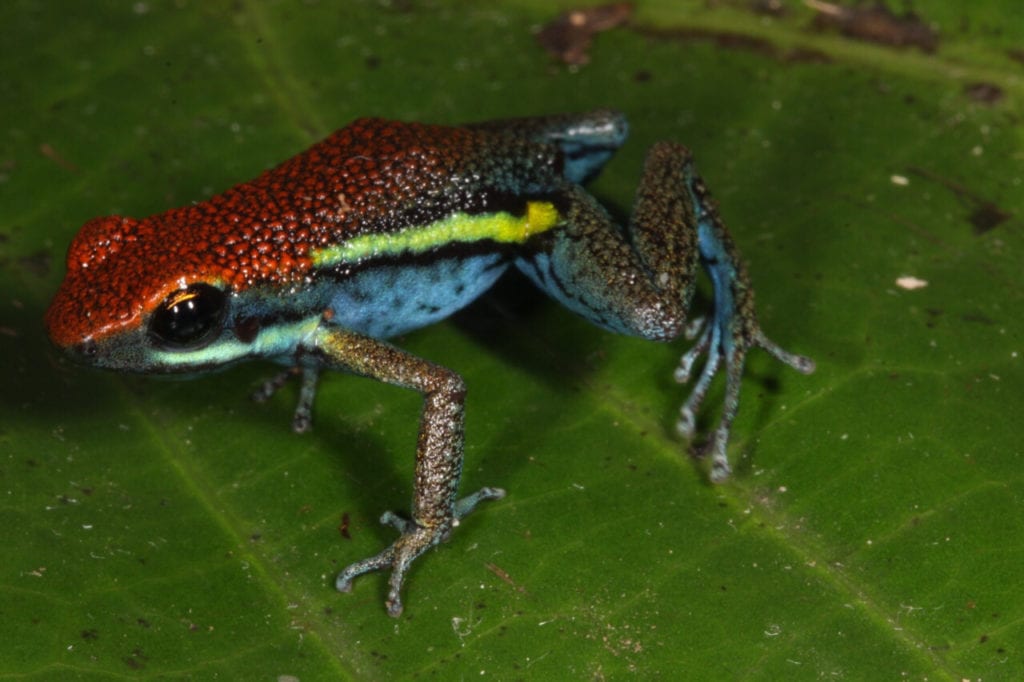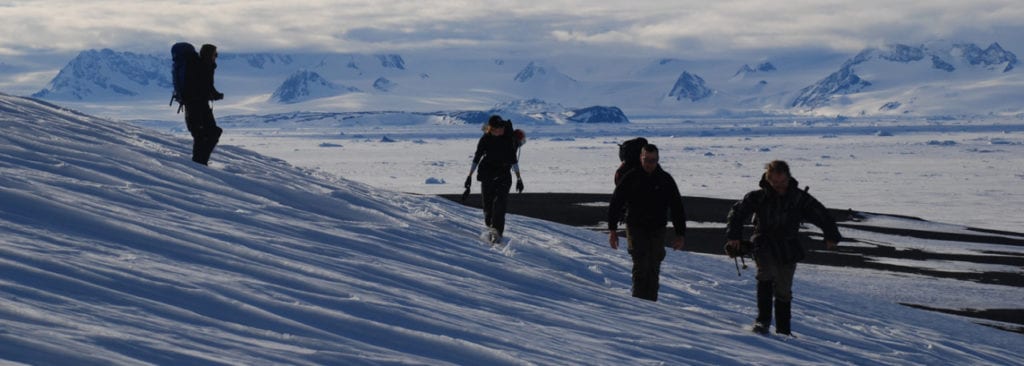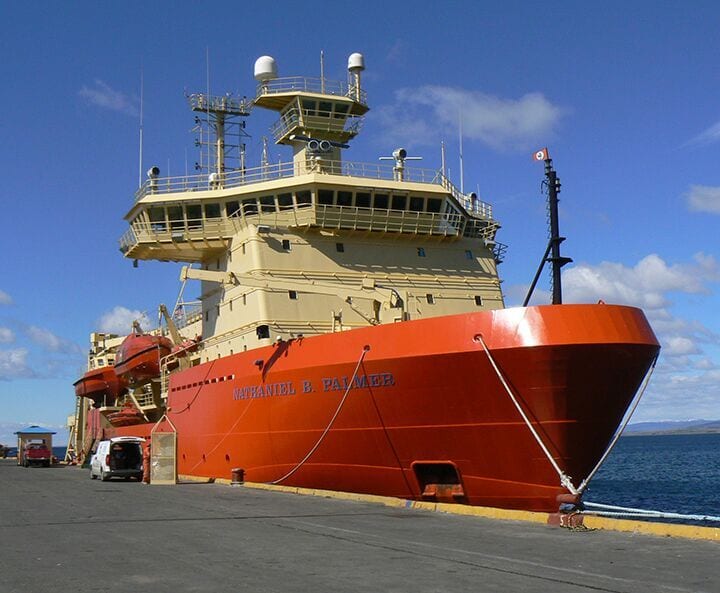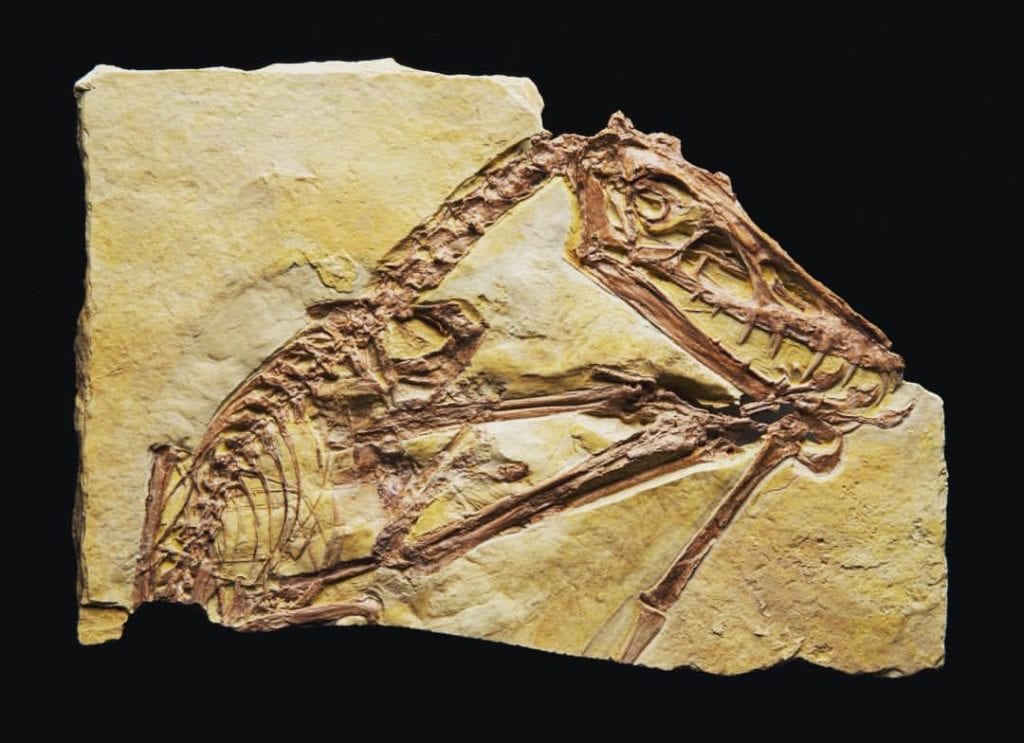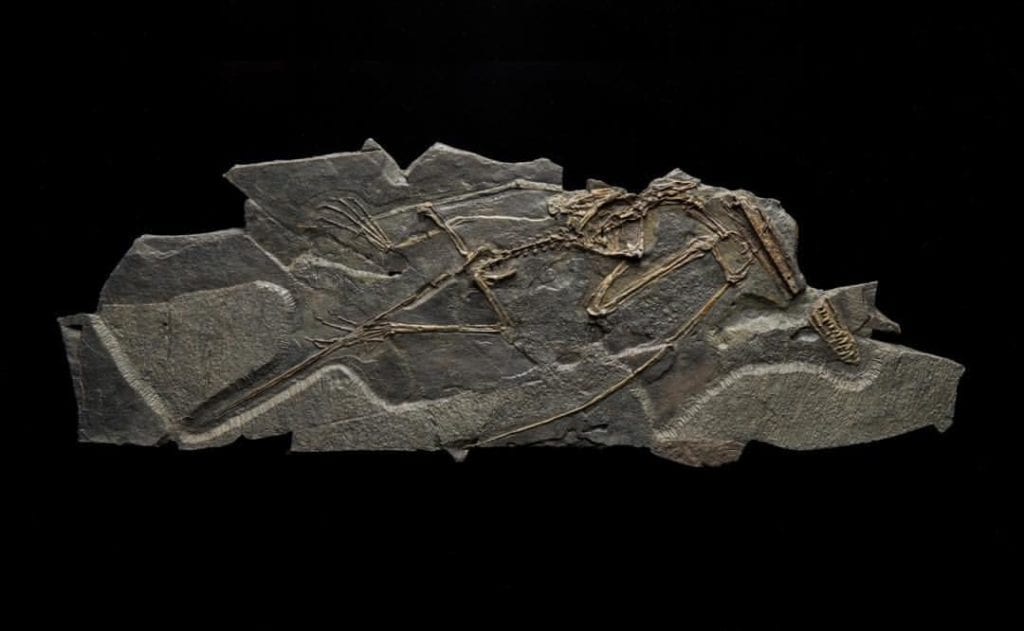
This recently discovered pterosaur, found in Liaoning Province, China, has a long, straight tail, like most primitive species on the pterosaur evolutionary tree. But it also has some advanced traits, such as relatively long neck vertebrae. Scientists think this pterosaur could be a transitional species, evolving as pterosaur body types started to change.
Want to learn more? Buy tickets to “Pterosaurs: Flight in the Age of Dinosaurs,” opening January 30, 2016: http://pterosaurs.carnegiemnh.org/
